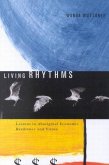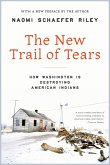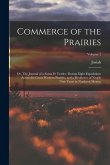Originally presented at the American Society for Ethnohistory conference in 1981, the papers in this book focus on themes which have been near the centre of fur trade scholarship: the identification of Indian motivations; the degree to which Indians were discriminating consumers and creative participants; and the extent of Native dependency on the trade. It spans the period from the seventeenth century up to and including the twentieth century. In one of the key essays, Arthur J. Ray questions the theory that modern Native welfare societies are of recent origin and traces their roots to the early fur trade. In developing his thesis, his concerns about resource depletions and other ecological changes, the advent of new mercantilistic impulses, and the development of dependence also emerge as sources of inquiry by the other authors. Papers by Charles A. Bishop, Toby Morantz, and Carol M. Judd focus on the North Algonquians in the eastern subarctic and earlier centuries of the trade, while two final essays by Shepard Krech, and Robert Jarvenpa and Hetty Jo Brumbach shift the focus to the North Athapascans in the western subarctic. The Subarctic Fur Trade will help scholars become more fully aware of the issues concerned with Native economic history, which are of common interest to scholars from many different disciplines. It also illustrates the methods that are increasingly being used to arrive at empirically based answers to questions and which will, when further refined, lead to greater advances in fur-trade scholarship.








